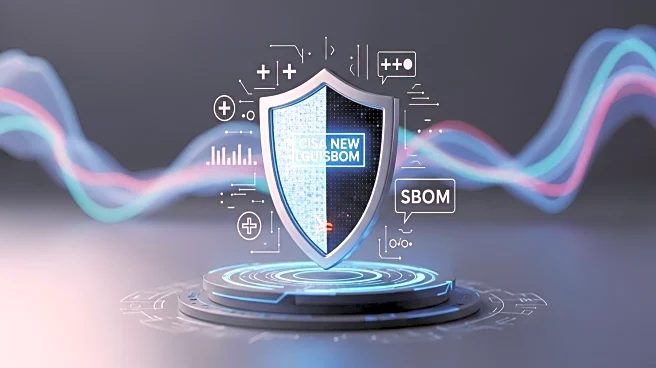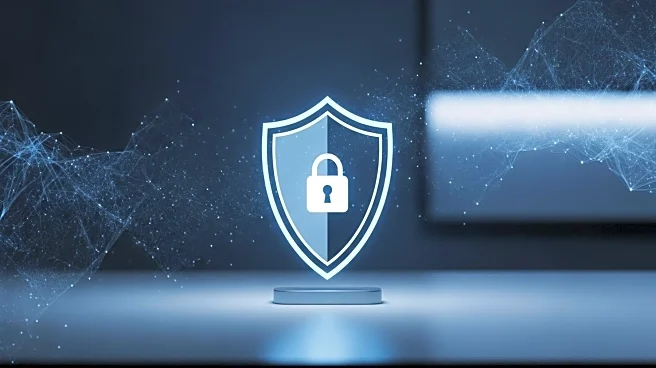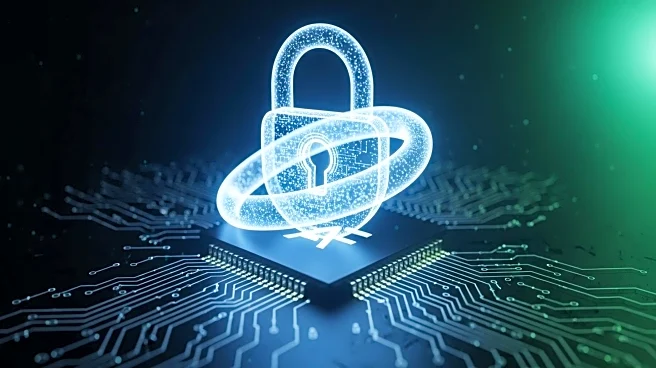What's Happening?
The Cybersecurity and Infrastructure Security Agency (CISA) has released updated guidelines for Software Bills of Materials (SBOMs), aiming to enhance transparency among software vendors. The guidelines require SBOMs to include detailed information such as component hashes and timestamps, facilitating better tracking of software components. While experts acknowledge the positive momentum, concerns remain about implementation challenges and the practicality of the guidelines. The new rules are intended to improve cybersecurity by providing a clearer view of software supply chains, but skepticism persists regarding their feasibility and effectiveness.
Why It's Important?
The updated SBOM guidelines are significant as they represent a federal effort to strengthen cybersecurity measures across software supply chains. By requiring detailed component information, the guidelines aim to reduce risks associated with software vulnerabilities and tampering. However, the mixed reviews highlight the challenges of operationalizing these guidelines, particularly in terms of standardization and automation. The success of these guidelines could influence cybersecurity practices and policies, impacting software vendors and federal agencies alike.
What's Next?
CISA has opened the draft guidelines for public comment until October 3, allowing stakeholders to provide feedback and suggest improvements. The agency may refine the guidelines based on industry input, potentially addressing concerns about implementation and standardization. As the cybersecurity landscape evolves, further updates and adjustments to SBOM requirements may be necessary to ensure they remain effective and practical. The ongoing dialogue between CISA and cybersecurity experts will be crucial in shaping the future of software supply chain security.
Beyond the Headlines
The introduction of SBOM guidelines reflects broader efforts to enhance cybersecurity infrastructure and protect against software supply chain attacks. The guidelines could drive innovation in cybersecurity tools and practices, encouraging the development of automated solutions for SBOM management. Additionally, the focus on transparency and accountability may lead to cultural shifts within the software industry, promoting greater collaboration and trust among vendors and consumers. The long-term impact of these guidelines could extend beyond immediate security improvements, influencing industry standards and regulatory frameworks.











